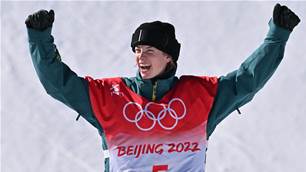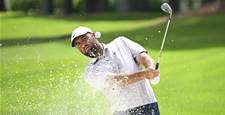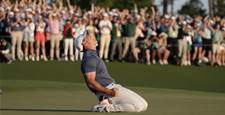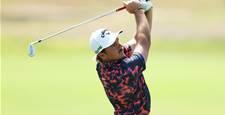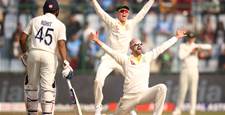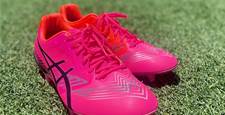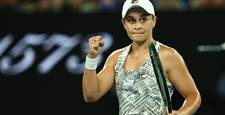Elite and recreational athletes, particularly female, adolescent, or vegetarian athletes and those following an energy restricted diet, who are involved in regular intensive training programs, can be at risk of developing iron deficiency.
Why are athletes at risk of iron deficiency?
Athletes are at risk of developing iron deficiency due to a combination of factors including:
- Increased requirements (training stimulates production of red blood cells)
- Growth increases the demand for iron to produce new tissues and blood cells
- Blood loss through minor damage to the lining of the digestive tract during strenuous exercise or from damage to red blood cells in the feet associated with running on hard surfaces (foot strike haemolysis)
- Iron is lost in sweat which may be an issue for heavy sweaters
- Low energy intakes or restricted dietary patterns can make it difficult to eat sufficient iron
What are the symptoms of iron deficiency?
- Feeling flat and tired and unable to train as hard as usual
- Poor appetite, increased frequency and duration of colds and infections
- Elevated resting pulse rate, and being pale
What are the best sources of iron you can include in your intake?
- Haem iron found in animal protein (e.g. beef, lamb, seafood, pork, poultry, liver) is the most readily absorbed form of iron in food
- Many breads and commercial breakfast cereals have added iron (iron-fortified)
- Legumes, some green vegetables, dried fruits, and nuts can have good amounts of iron, however the iron found in plant foods (non-haem iron), is less well absorbed than iron in meat sources (haem iron)
- Absorption of iron can be increased up to four times by combining iron-rich non-haem food with Vitamin C-rich foods in the same meal (e.g. having a glass of orange juice with your breakfast cereal).
TREATMENT OPTIONS…
- If you are experiencing any symptoms of low iron, it is strongly recommended that you see your GP or Sports Physician to confirm diagnosis through a blood test and discuss treatment options.
- An Accredited Sports Dietitian can then help you increase the intake and absorption of iron from food.
This article is courtesy of Sports Dietitians Australia. Check out their factsheet on Iron Depletion. For personalised advice on healthy eating and nutrition for sport, visit the ‘Find an APD’ section on the Dietitians Association of Australia website at daa.asn.au/find-an-APD/ and search ‘Sports Nutrition’ as the practice area.
Copyright ©The Women's Game All rights reserved.
Related Articles
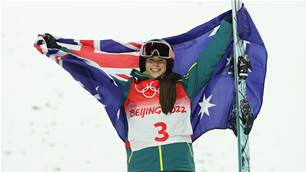
Australia Winter Olympics gold-medal drought ended by Jakara Anthony
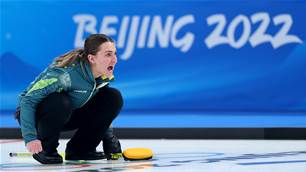
Updated: Australia's Olympic curling pioneers get two wins after 'late reprieve'
